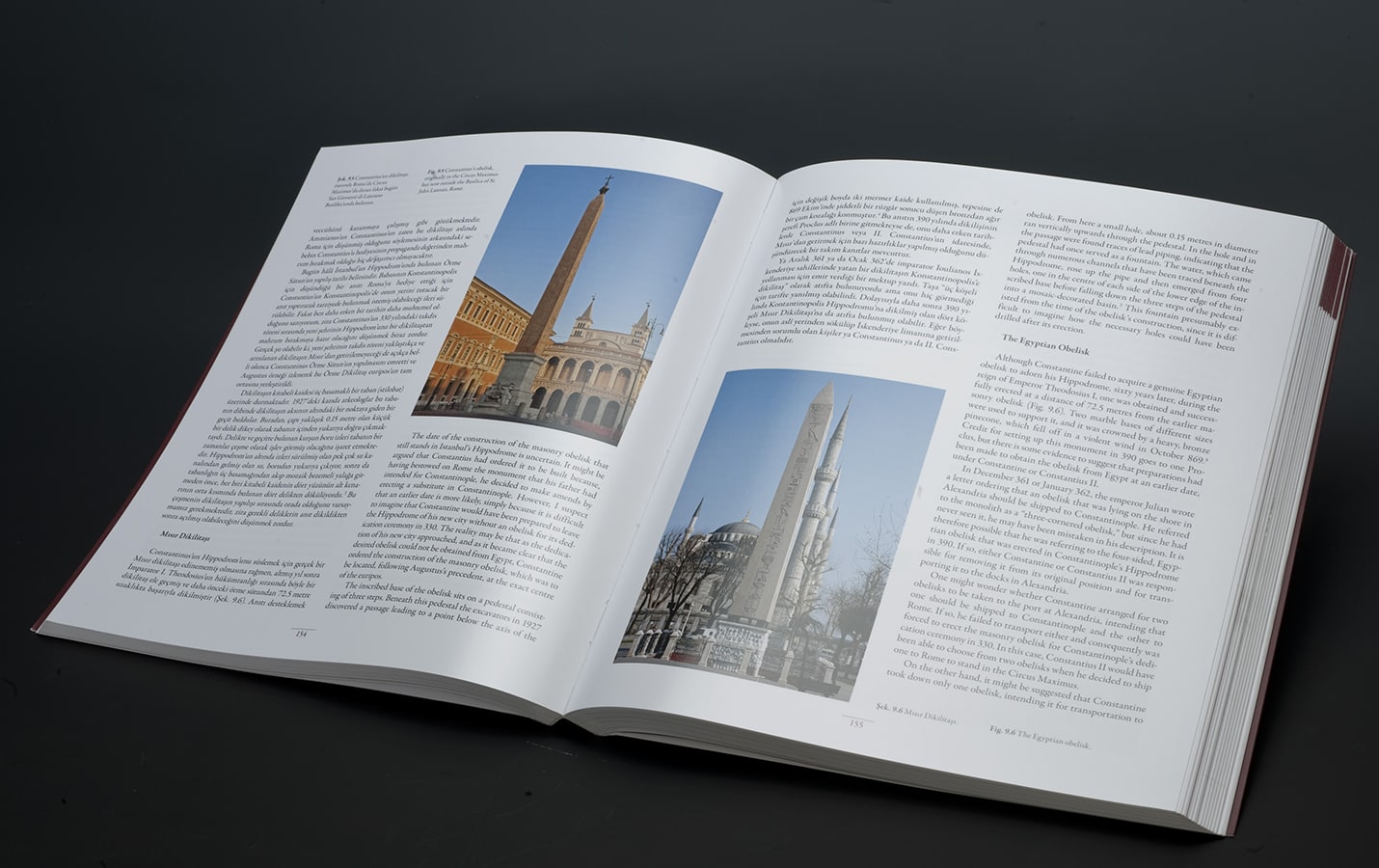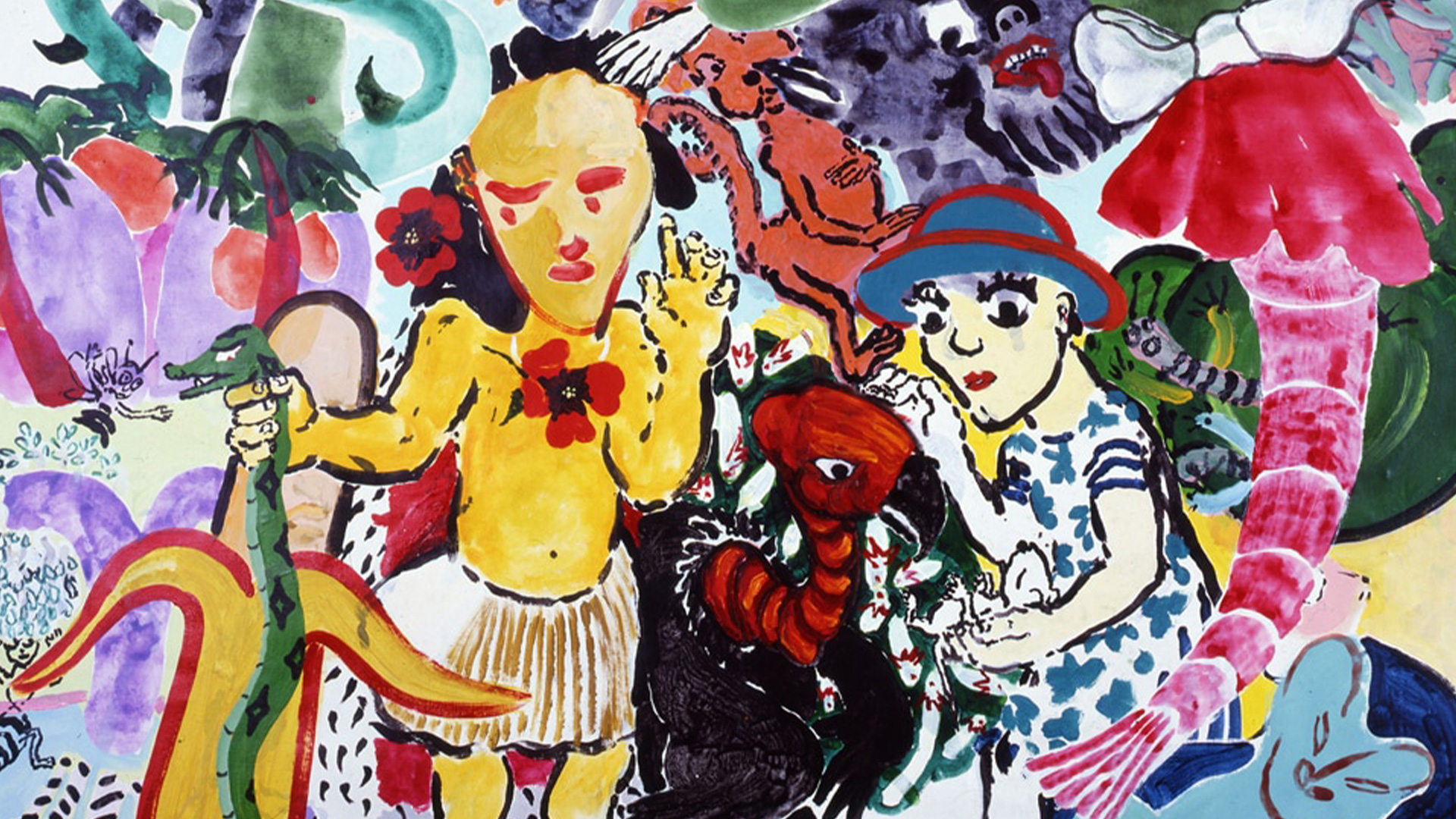February 16 - April 18, 2010
The Hippodrome was the largest and one of the most significant buildings in Byzantine Constantinople. Located in the heart of the city beside the Great Palace, it was not only an arena for chariot races -the most exciting and popular spectator sport from the 4th to the 7th century- but also a place where emperors were created, military victories celebrated, and rulers collectively acclaimed by the people. Atmeydanı, on the other hand, became one of the most important and lively public spaces of Ottoman İstanbul. “The Hippodrome/Atmeydanı: A Stage For İstanbul’s History” exhibition examined this very special and colorful square of the city, which has also hosted a variety of consequential incidents during the foundation of the Republic, through artefacts, architectural drawings, photographs and daily life objects, and took the İstanbulites on a tour of their city’s different recollection spanning from the 4th to the 20th century.
Exhibition Catalogue

The Hippodrome was the largest and one of the most significant buildings in Byzantine Constantinople. Located in the heart of the city beside the Great Palace, it was not only an arena for chariot...

While Paula Rego belatedly was recognised as one of the leading feminist pioneers of her age, little has been written about her exploration of fluid sexuality. Indeed the current of sado-masochism in her drawings and paintings, has tended to encourage an understanding as a classic clash between the patriarchy and exploited women.
Tuesday - Saturday 10:00 - 19:00
Friday 10:00 - 22:00
Sunday 12:00 - 18:00
The museum is closed on Mondays.
On Wednesdays, the students can
visit the museum free of admission.
Full ticket: 300 TL
Discounted: 150 TL
Groups: 200 TL (minimum 10 people)